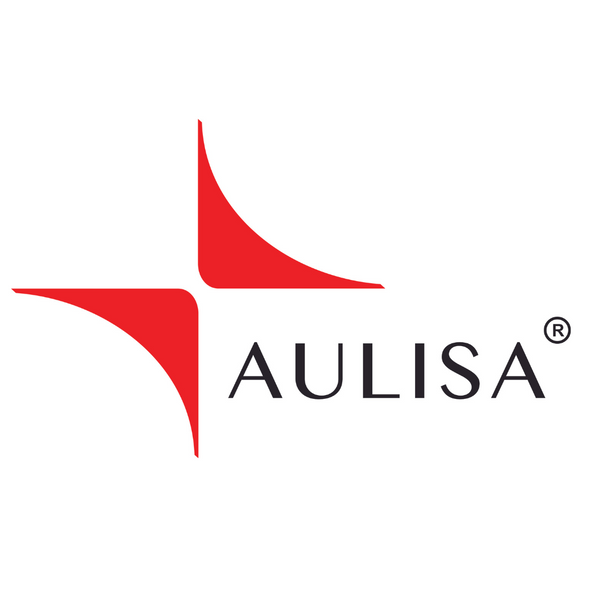Advances in telehealth and remote monitoring are reshaping healthcare by transforming the traditional dynamics between patients and providers. With the integration of smart devices and continuous data collection, healthcare is moving away from the once rigid, appointment-based model into a more fluid, responsive relationship where patient information is available in real time. This shift not only enables providers to deliver proactive care but also empowers patients to be active participants in managing their own health.
Remote monitoring tools allow for the constant collection of vital data—such as pulse rate and oxygen saturation (SpO₂) levels—ensuring that deviations from the norm can be flagged and addressed promptly. Such technologies enable healthcare professionals to catch early warning signs, intervene before conditions escalate, and tailor treatment plans based on real-world, ongoing evidence rather than sporadic snapshots during clinic visits. As a result, the focus of care shifts to prevention and early intervention, ultimately leading to better patient outcomes.
Furthermore, telehealth platforms have democratized access to medical expertise, allowing patients in remote or underserved areas to connect with specialists without the need for travel. This increased accessibility not only improves continuity of care but also fosters trust and transparency between patients and providers. Virtual consultations, secure messaging, and digital follow-ups have become standard practice, encouraging a more collaborative approach to health management.
At Aulisa Medical, we recognize that the power of remote monitoring lies not just in technology, but in its ability to bridge the gap between patient and provider. By seamlessly integrating advanced monitoring tools with telehealth solutions, we help create a care ecosystem where timely insights and proactive communication lead to a truly patient-centered experience. As remote monitoring continues to evolve, so too will the relationship dynamics in healthcare—ushering in an era where every patient benefits from a responsive, personalized approach to their well-being.
In this new landscape, remote monitoring isn't just a tool for tracking health metrics—it’s a catalyst for fostering deeper, more meaningful connections between patients and their healthcare teams. Stay tuned for more insights and success stories on how technology is bringing us closer together in the pursuit of better health outcomes.

